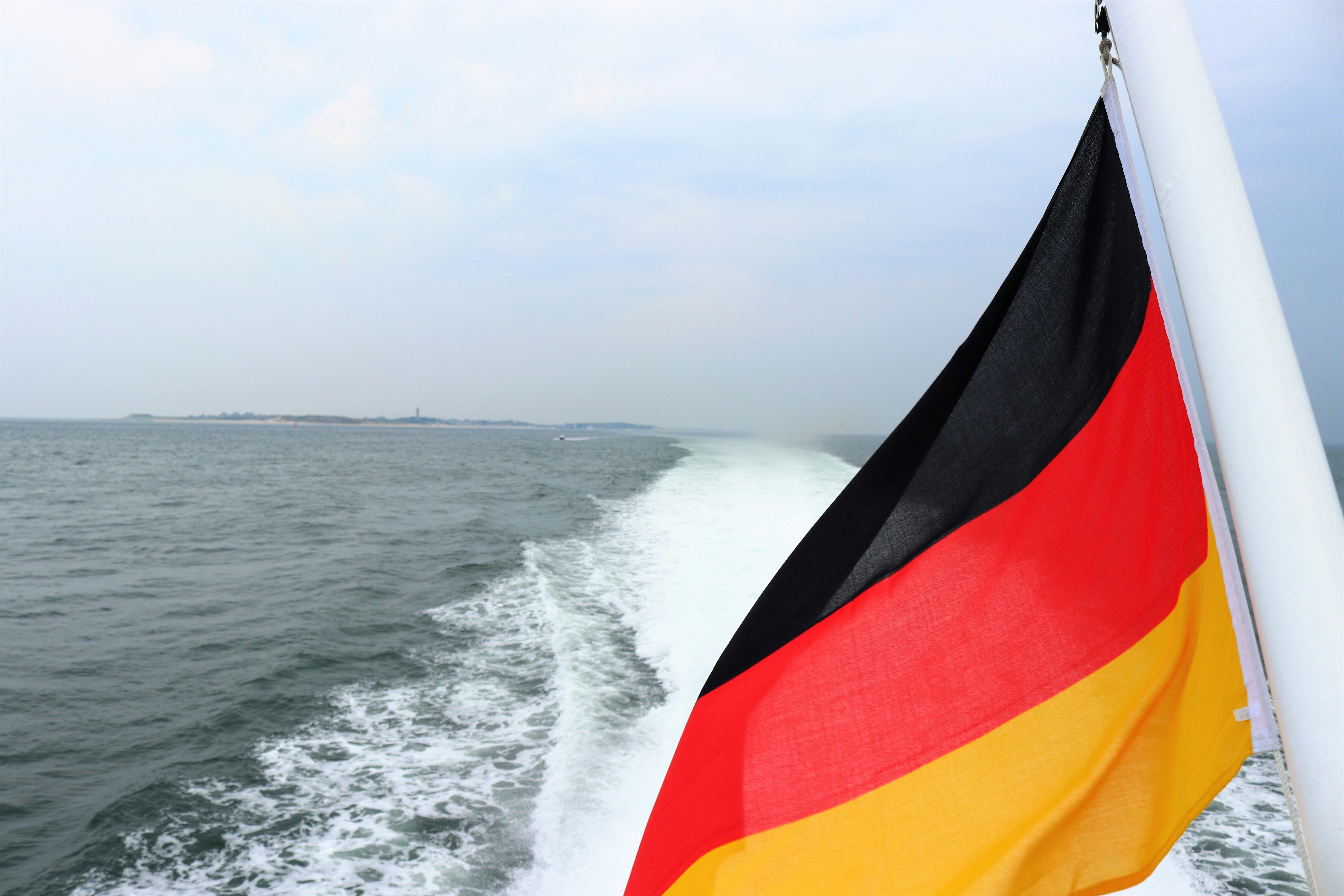Would you buy a product in a language you don’t speak? Although English is the most spoken language in the world, 40% of consumers won’t buy from e-commerce websites in non-native languages (that’s roughly 1 billion of the 2.64 billion global online buyers).
To increase sales and brand awareness on international marketplaces, translating product content is a must, but ‘localisation’ is not limited to linguistics. From currencies and cultural context to pricing and partnerships, brands should implement a localisation strategy that enhances international marketplace performance. Here’s how.
1. Prioritise international marketplaces
Not all marketplaces are equal. Depending on your product and sales strategy, some international marketplaces will be more important to your business than others. By analysing current marketplace performance and using SEO tools like Helium10 to discover which marketplaces are driving traffic in target regions, you should create a shortlist of marketplaces to prioritise. For example:
- Region-specific growth - Targeting the Latin American market? Mercado Libre is the biggest marketplace in Latin America. Looking to Japan? Rakuten has almost the same monthly views as Amazon (544 million vs 555 million).
- Product-specific growth - Expanding your fashion business? Zalando is the dominant fashion-only marketplace in Europe with 170 million monthly visits. Selling homeware products? Wayfair is the largest homeware-only marketplace in North America and Europe.
2. Choose the target language
75% of customers prefer buying products in their native tongue, but how do you decide what that is? In the 27 EU states, there are 24 official languages. In the US, English accounts for 78% of buyers’ first language, but this varies state-by-state (i.e. Spanish is the first language for over a quarter of the population in the two most populous states, California and Texas).
When deciding on a localisation strategy, it’s crucial you factor in minority languages in each region too.
3. Create culturally-sensitive content
Marketing is not homogenous: what works in one country doesn’t necessarily hit the target in another. As a brand, you will want your core USPs - i.e. eco-conscious sourcing and highest-quality materials - to stand out in each market, but you also need to adapt your content to cultural contexts. In particular, this includes market-appropriate titles, product descriptions and images.
- Titles - Finding a healthy balance between keyword SEO and readability, while highlighting USP's. With a restricted character length, you need to choose your wording based on cultural preferences.
- Product descriptions - It’s not just tone and terminology that vary between markets, but measurements, sizing and time/date settings too (to name just a few). In the US, for example, your listing might state your product is 3.5 ounces and costs $9.99, but in France that product might be 100g and cost 9,20€.
- Images - Every customer likes high-resolution photos, but there are some cultural factors that affect visual imagery. For example, a ‘red’ background is associated with warnings and danger in Western countries, while Eastern and Asian countries associate this colour with happiness and prosperity.
4. Optimise your localised content
SEO doesn’t recognise international borders, but it does vary from country to country. To get your products in front of as many qualified customers as possible, you need to optimise your content for the local context. For example:
- Keywords - Just like movie titles - i.e. Home Alone is Mama, j’ai raté l’avion (Mum, I missed the plane) in French - keywords do not always directly translate from one language to another, so always research what keywords similar products are using in the target market.
- Search engines - Brands should adapt to search algorithm understandings. Amazon's search functions as its own market in different countries (i.e. Amazon.es and Amazon.fr).
5. Promote and support your localised products
Localisation doesn’t end with product content. With the sales side complete, it’s time to turn your attention to marketing and customer success.
Be it paid content on social media, deals on your e-commerce site or even an advertising campaign on the marketplace itself, it’s important to take into account local context with your marketing efforts. This could be using adverts with local slang and references to local traditions or choosing direct or more nuanced advertising depending on consumer expectations and marketing regulations.
What’s more, your customer support should be set up for different time zones and preferences. Can you offer 24/7 support to the United States’s six time zones (four in the contiguous US)? If your team is based overseas from some markets and only working local business hours, consider the ramifications that will have with customer service questions and actions like refunds. Make sure you do not offer a poor experience or damage channel response time KPI’s simply because of a timezone miss-match.
Ready to localise?
At Rich Insight, we not only provide a bespoke service to help brands identify the right international marketplaces for their products, but we also offer numerous services to help with localisation, including brand management, transcreation, translation and performance localisation.
Get in touch to see how we can help with your localisation strategy.






Blog Comments